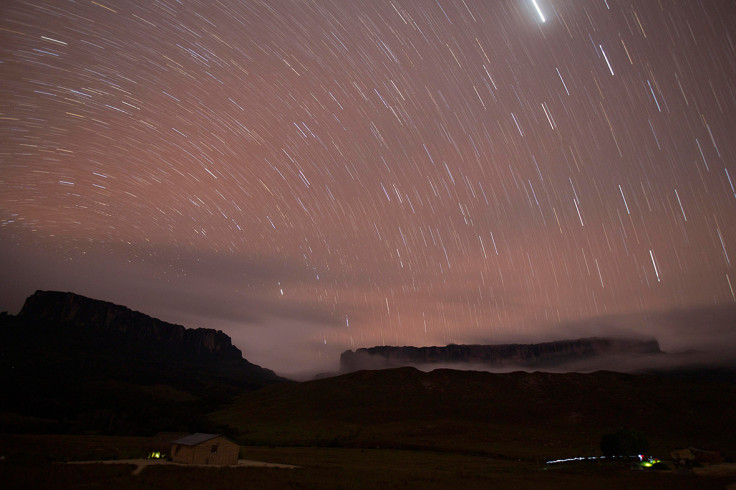Japanese company to sell shooting stars made from artificial meteors

Shooting stars that race across the sky on demand to mark special days, while also analysing atmospheric parameters, could be the next big space event.
Following this could be a space display using the sky as a giant display screen.
A Japanese company, in collaboration with many Japanese universities, plans to eject dozens of centimetre-sized spheres from a micro-satellite orbiting at around 500 km altitude.
These spheres made of a closely guarded chemical formula will glow from friction as they streak through the atmosphere at speeds of 7 to 8 km per second, compared to the 80 km a second speed of natural meteors.
The artificial shooting stars will eventually completely burn up and not pose any danger on Earth, reports AFP.
Lena Okajima, an astronomer, says her company, ALE, will launch a tiny satellite that can eject shooting stars at a prescribed time and place to put on a celestial show.
"I'm thinking of streams of meteors that are rare in nature," Okajima said. "It is artificial, but I want to make really beautiful ones that can impress viewers."
However, the shooting stars come at a price, costing around a million yen per star (£5,182), to fund the ¥1bn (£5m) development and launch of the microsatellite.
Still in the design stage, the satellite will be a 50-cm cube that will orbit the Earth at an altitude of around 400 to 500 km in a north-south direction.
With a limited lifespan of a few months, it will crash through the atmosphere and burn up in a blaze of light.
Japanese scientists believe the project offers a rare chance to observe the inaccessible part of the atmosphere above 60 km about which little is known.
Knowing the exact time when the shower will occur, ground-based observers can train their equipment and analyse the light left in the trail.
It will reveal the temperatures and densities of the atmosphere and its movements, and give clues on how the environment will change over the medium and longer term, says Hironori Sahara, an associate professor in Tokyo Metropolitan University's aerospace engineering department.
© Copyright IBTimes 2025. All rights reserved.





















